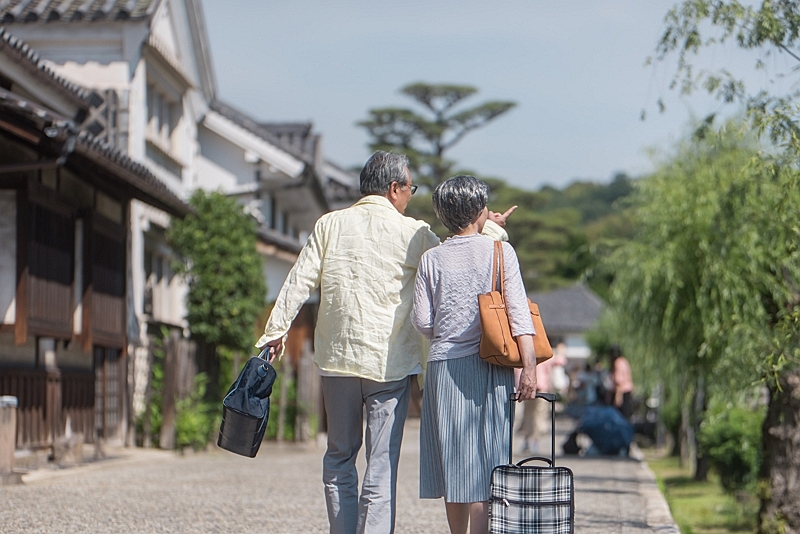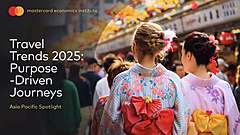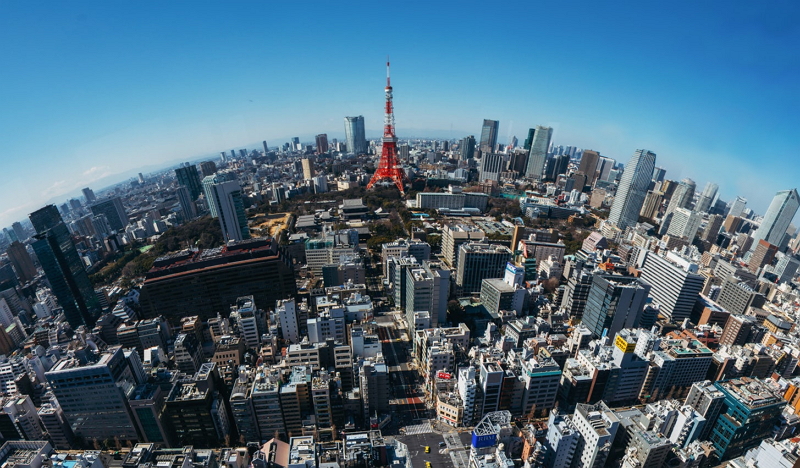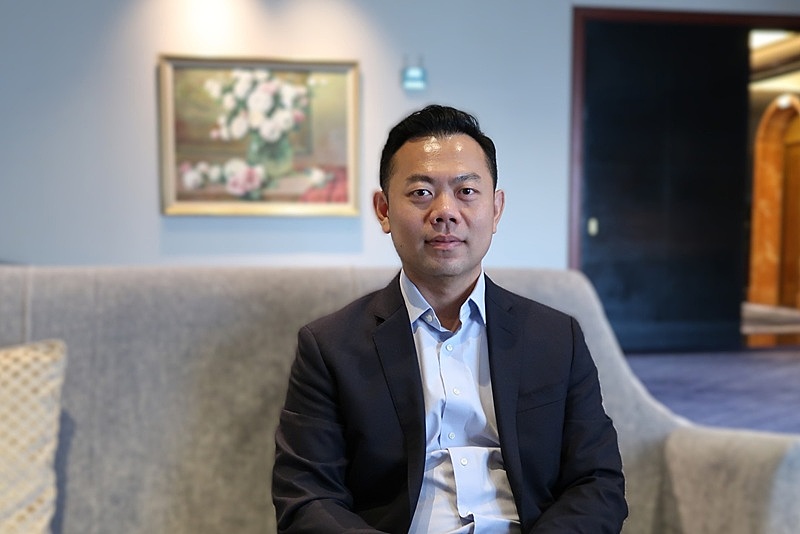
Traveloka, the largest OTA in Southeast Asia, launched its business in Japan in May this year and has broadcasted TV CM in Tokyo and Osaka since June. Japan is the second market, following Australia, except Southeast Asia. Caesar Indra. Traveloka President who attended WiT Japan 2025, talked about the strategy for the Japanese market and the OTA’s strengths,
Indra said of Traveloka users, “Our customer base is also mainly made up of people in their 20s and 30s who are part of the digital generation.Most of them use mobile devices. In Indonesia, home of Traveloka, the number of mobile users has increased dramatically since 2014, and Traveloka has shifted to a mobile-compatible travel app.”
Currently, the app has been downloaded more than 140 million times and has more than 40 million monthly active users. The OTA deals with any kinds of travel-related products, including air tickets, accommodation, trains, and various experience activities, but Traveloka's unique strength is its overwhelming product lineup in Southeast Asia.
They offer more than 50 payment services, and JCB, a Japanese credit brand, was recently added, In Indonesia, its original deferred payment service ’T Pay Later’ is available. Payment ways are flexible based on each of the market trends, Indra said.
Digital generation in Southeast Asia is ‘impatient’
“Interests are constantly changing,” Indra said of the market trend in Southeast Asia. “A destination that sold well a year ago may not be popular the following year, so we need to have a wide range of products to respond immediately to changing trends.”
Another customer feature is that they are impatient. “To meet the demand for immediate itinerary changes when something happens, Traveloka has invested a lot of money in developing tools that allow travelers to complete flight changes and refund procedures themselves.” Currently, 90% of flight changes and refunds can be resolved by themselves, and users have almost no need to make phone calls or emails. 75% of problems are resolved by chatbots.
Indra said, “It’s not that difficult to sell travel products. The challenge is what happens after the sale.” In this sense, Traveloka aims to be a travel platform that improves the booking experience, makes it easy to change schedules, and provides smooth check-in and travel services.
取材対応するインドラCEO
Domestic travel business to build partnerships with suppliers
“Japan is continuously a growing destination for Southeast Asia. Bookings of travels from Indonesia and Vietnam to Japan in the first quarter of 2025 doubled year on year,” Indra revealed. “For Traveloka and for the Southeast Asian market, stronger supply chain of Japan is increasingly important.”
Traveloka decided to enter the domestic travel market of Japan because of the market scale is huge and also to build strong partnerships with local partners in Japan.
For outbound travel from Japan, Traveloka intends to be a gateway for Japanese travelers in their travels to Southeast Asia. Indra recognizes that entering the Japanese market, which places importance on quality, will also lead to further improvement of the quality of Traveloka's products as a whole.
Indra emphasized that a key of success in a new market is ‘Stay Local,’ saying that it is important to optimize the business for each market based on feedbacks from users and to acquire as many local partners as possible.
In order to gain a customer base in Japan, Indra said, “"First of all, we will carefully analyze feedback from Japanese users. Our first goal is for people who download the Traveloka app to continue using it repeatedly. We try to win trust of our users, who feel safe when booking with Traveloka.”
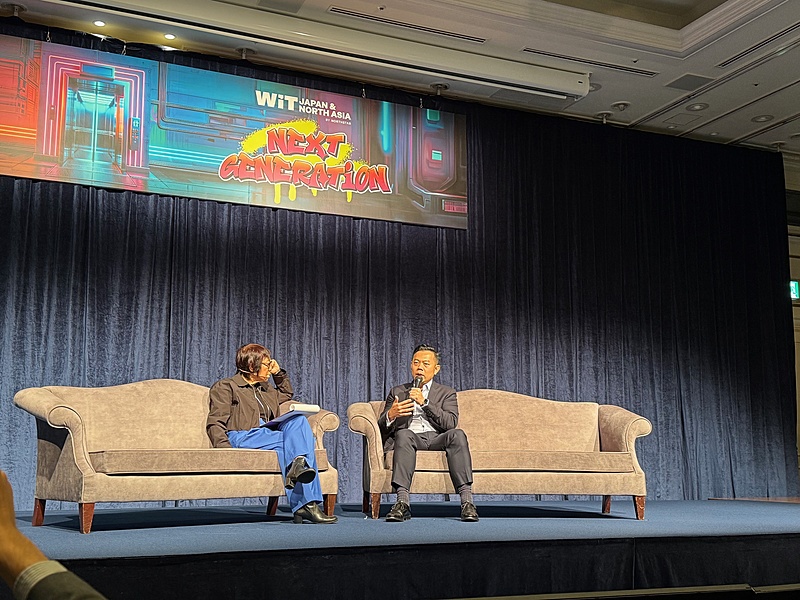 来日時は、旅行テックの国際会議「WiT Japan2025」にも登壇したシーザー・インドラ社長
来日時は、旅行テックの国際会議「WiT Japan2025」にも登壇したシーザー・インドラ社長

